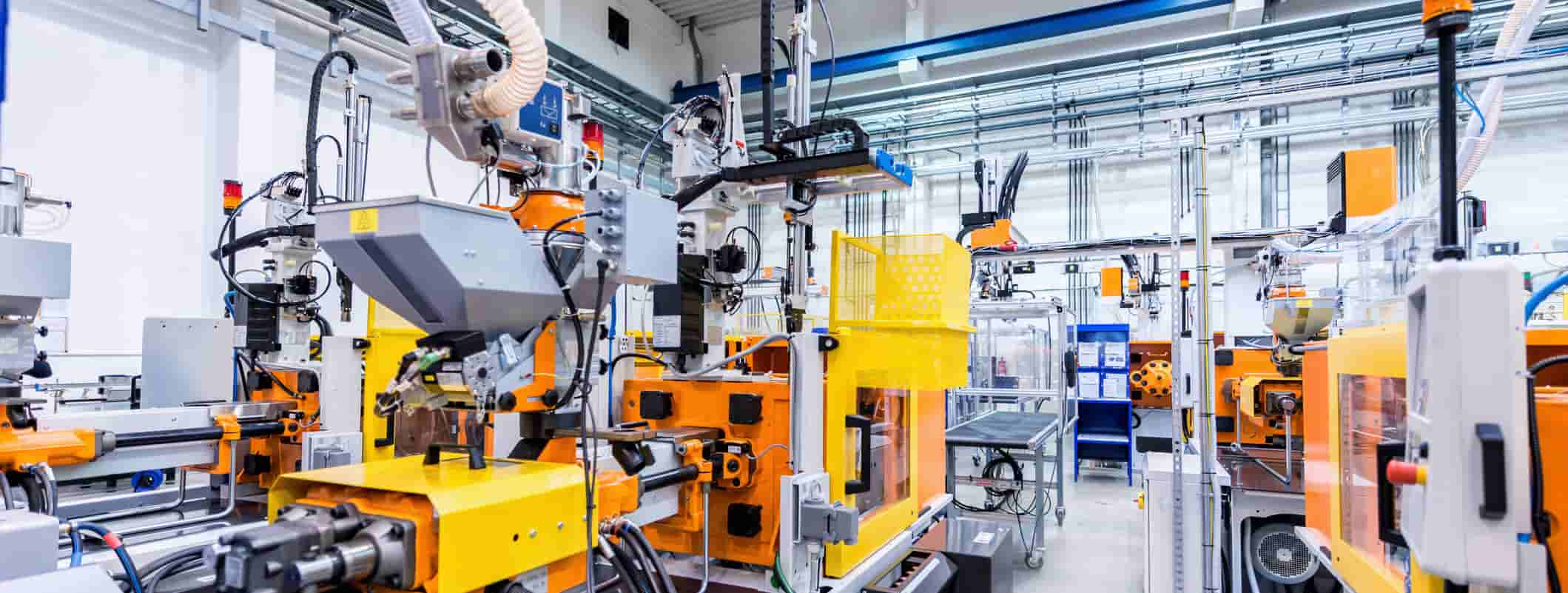Autonomous Multi-Tool Head Robotic Solution for Surface Preparation
Project Team: Siemens Corporation – Technology, Siemens Energy’s Orlando Innovation Center, Georgia Institute of Technology
Description: This project focuses on developing a robotic solution for performing high precision tasks, such as milling, grinding, and polishing under “in-the-field” and non-factory conditions. Such operations in the field using conventional methods such as CNC machining or manual grinding and polishing can be cumbersome, time consuming and expensive. More importantly, these tasks can result in uncontained fumes, debris, chips, etc., and impact worker health and safety. The key technology elements that are being developed and will be integrated to realize the above objective includes – fast and ruggedized field deployment mechanism and installation of robot, equipped with a multi-head tool to effect grinding, polishing or milling as desired; on board software systems for fast onsite positional calibrations and corrections of the robot; automated trajectory planning, autonomous process sequencing and closed loop feedback control for robotic milling.
